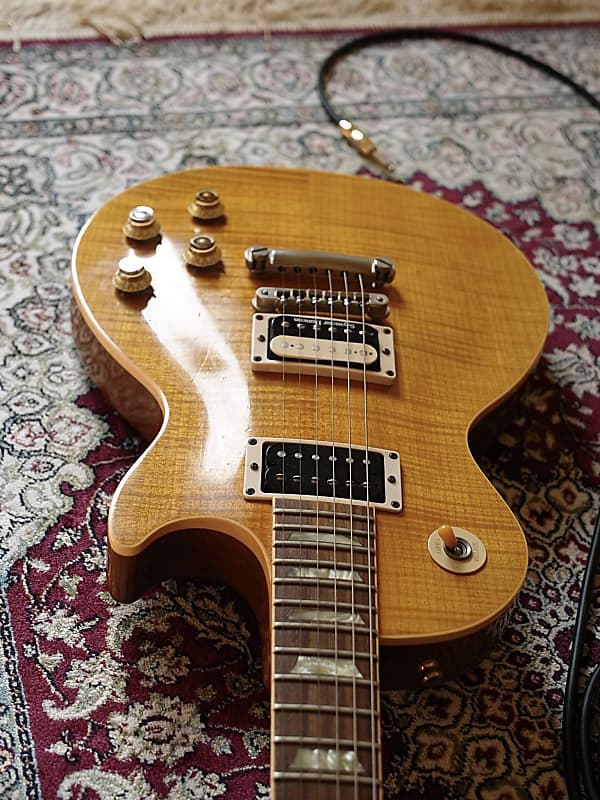fakejake
Well-known member
- Joined
- Sep 3, 2010
- Messages
- 1,293
Do you know how he is going to the the green oxidation? He did it on my Goldtop and I didn't like the result. That was a few years ago, so maybe his techinque changed..So I've talked things over with Florian, I really wanted to get his thoughts on it all and benefit of his experience. His suggestions sounded really good to me and so we have a plan.
He said the checking has gone really well and in terms of opening up the finish he feels the job is done. So we're going to leave it there so not to over do it.
His suggestion was to now add a couple of areas where the clear coat chipped off the gold with a bit of green oxidisation going on but not overdo it.
Then a little edgewear on the heel and back of the body and a bit on the body binding.
Sounds pretty good to me, tastefull and not over done. Looking forward to the next instalment.







